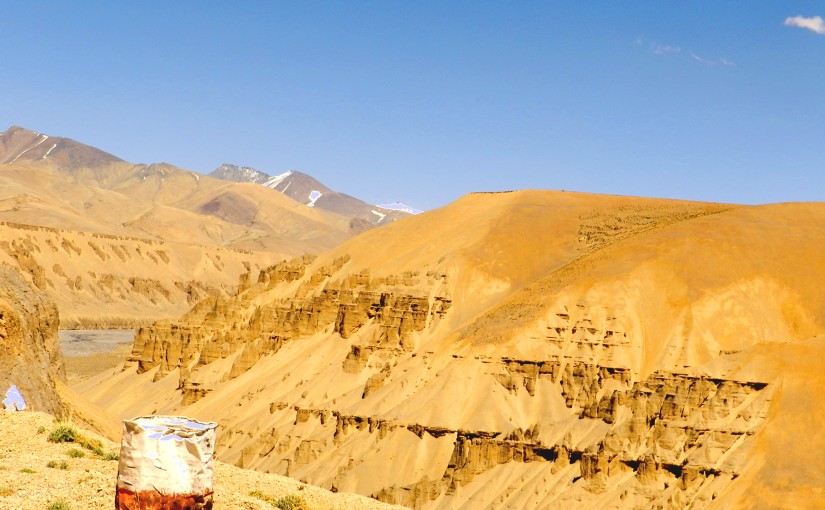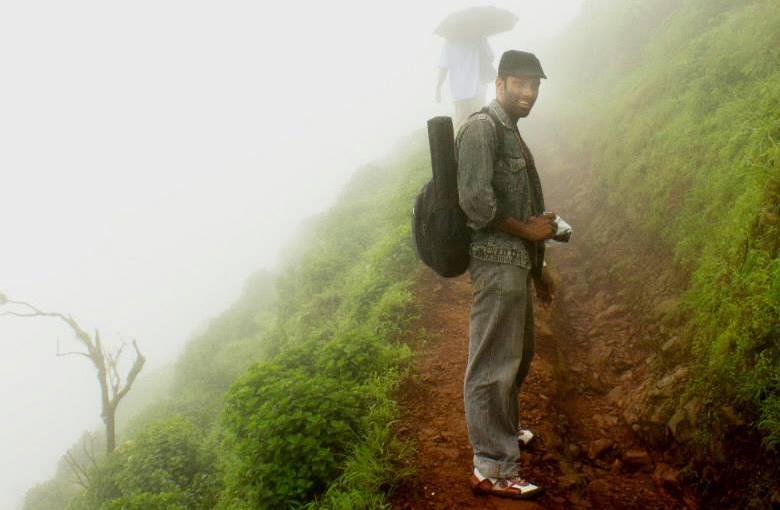“carry forward from my old blog ”
Ram Sethu or Adam’s bridge is a landmass, much like a bridge, connecting India and Sri Lanka. Ram Sethu is a bridge of controversy ; some say it was created by Lord Ram, during his epic saga to save his wife and defeat evil, while others stick to the opinion of natural formation, still others are some who believe it was man-made but it had not witnessed any godly war as the epic of Ramayana claims.
But even the epic literature itself is not spared of controversies. Most say it was a war of good over evil and that evil was destroyed to restore the balance. Some others say Ravan, the evil king of Ramayana (every story needs a villain), who ruled Sri Lanka,then called Lankapuri, had kidnapped Sita (wife of Ram, the prince of Ayodhya, an ancient kingdom of northern India), not to make Sita his own wife but to celebrate her as the symbol of prosperity, humanity and humility of Lankapuri, as the myth of Sita’s birth was that she was the daughter of goddess earth (Bhoomi Devi).
No matter what would have been the truth, Ram Sethu resides in most Indian hearts as a symbol of victory of good over evil, the victory of love and humanity.
This story, perhaps more like an incident, took place in an orphanage near a small place known as Kurudampalayam, at Coimbatore. I was at my cousin’s place enjoying my vacation; well, kind of… It’s the only place, considering my relatives’ circle where I love to spend more than a day in a row.
It was a fine Dussehra evening, and preparations for the celebration were in order (Dussehra is a festival that symbolized the day when Ravan was defeated by Ram). Although the preparations were not as grandeur as one from north India would assume, it was still an enjoyable one. I was sipping my special cup of dark coffee when my uncle called me to join him for a ride to someplace, and he did not forget to mention to take my camera. Almost instantly I figured out my role was to be a photographer, and that I am to get hell bored at some meeting. So I dragged along my cousin who was then busy packing some sweets so that I won’t be all alone getting bored.
But the ride stopped when we reached an orphanage, must say I was least expecting this, and we joined a group of nearly twenty persons. I came to know that they were all members of NSS covai unit, (NSS is an acronym for Nair Service Society), and they were there to sponsor for a three-course dinner to all inmates of that orphanage. I felt good and irritated at the same time. I felt good because it was a good deed that they were feeding the needy, and for most Indians including me, feeding the hungry is the greatest good one can do in their life. I felt irritated because I never liked to be a part of any religious groups or institutions, though I always enjoy having spiritual or religious debates with free thinkers and religious individuals with no preset mind.
I slowly left the group and joined a group of children, who were fascinated by my camera, which I took along due to my uncle’s special note. I enjoyed the short period with them, had a nice conversation, and I was very happy when I came to know that it is a very rare occasion for them when they can have good and tasty food and that I am a part of such an occasion.
The spirit of sharing in me rose up quite high, and on seeing that vibrant and sparkling happiness on all those children. I thanked in my heart to all those in the NSS covai unit, though I was quite sure that it will be made into small box news in next daily. A view quite common in India, that I strongly oppose; I call it ‘Do your good and publish it’ policy.
But all those controversial thoughts were set aside and I enjoyed my time with all those children. But during those moments of enjoyment, I saw a small girl, must have been 12 or 13 years of age or even less walking towards the orphanage gate holding her plate of food.
I ran to her and asked, “Where are you going?”, I was rather concerned than amazed at seeing a young inmate of that orphanage going towards the gate alone in the dark with her plate of food. In my mind, my expression was like, “What the hell!! Where is she going!!!”. She was very clam and was expecting this; if not from me from someone else. She smiled and asked to join her most politely that no one could refuse it. Since our conversation was in the Tamil language, the translation would suggest somewhat like, “Will you accompany me, brother, I am a bit afraid of the dark, and also you will know why I want to go there”.
We reached the gate, and near the pillar by the side of the orphanage gate rested a very old man. From his appearance, he was clearly a beggar. The little girl reached forth for a plantain leaf that grew near the gate and gave him all her food served in that plantain leaf. Happiness, amazement, astonished; I still don’t remember the mixture of emotions I had at that moment, but that teardrop I shed at that very moment is the most worthy one I ever had.
I asked her, “What is your name?”, “Mozhi”, she replied, which meant ‘language’, in Tamil. I smiled keeping a soliloquy to mind, “Indeed she is the language of love”. I asked her, “I came to know that such occasions are very rare in your orphanage, it is the only time you can eat a stomach full. Then why did you give your meal to him”. She replied, “Yes brother, what you heard is true, and I am hungry; that is also true. But I can sleep today with an empty stomach, and eat my breakfast tomorrow. It won’t be this big but still, it is edible. I saw this man today eating his own faeces out of hunger. He needs food more than me”, she smiled and walked back into the orphanage.
This was the moment when I found my Ram Sethu, the bridge of love, compassion and humanity, the existence and triumph of good over evil. I was not sure what the evil was but I was sure the light of goodness prevailed on this Dussehra night, and it came, not from the wisdom of white hair, but from the love of an innocent 12-year-old, Mozhi.






























































